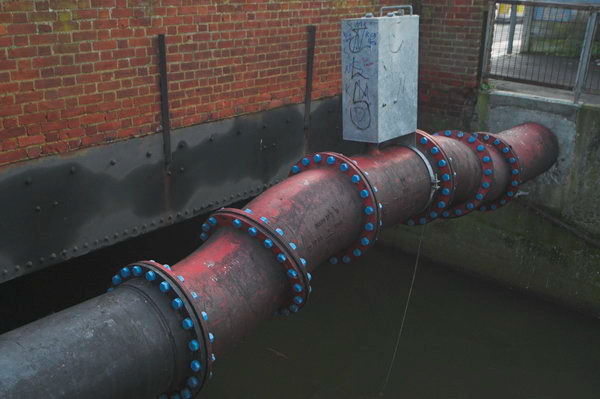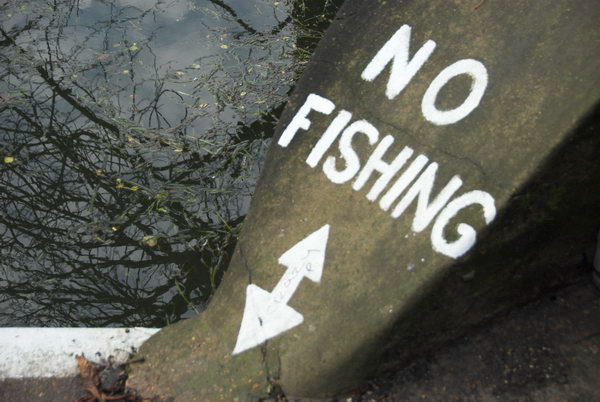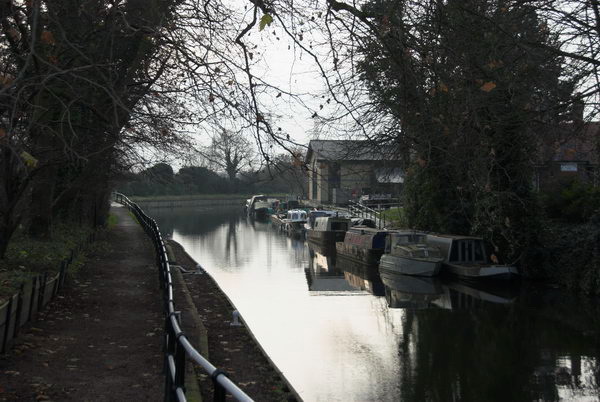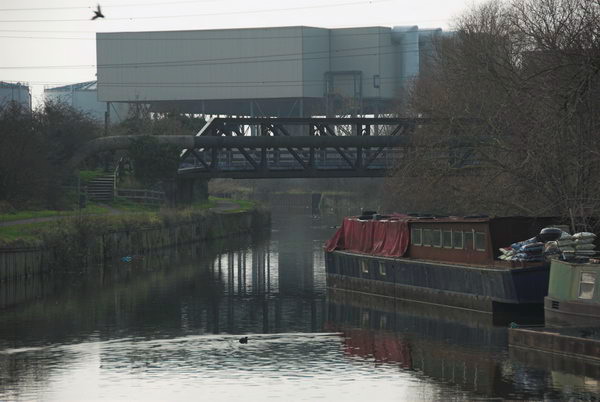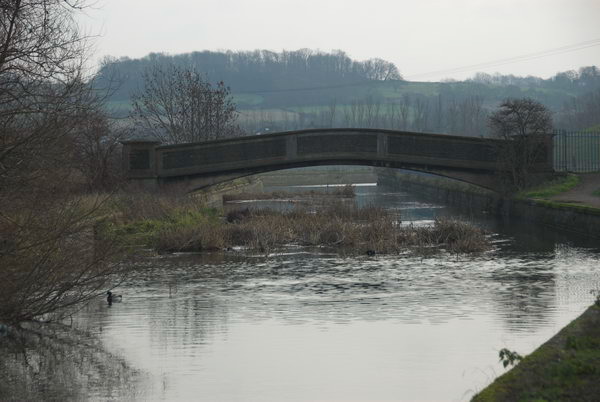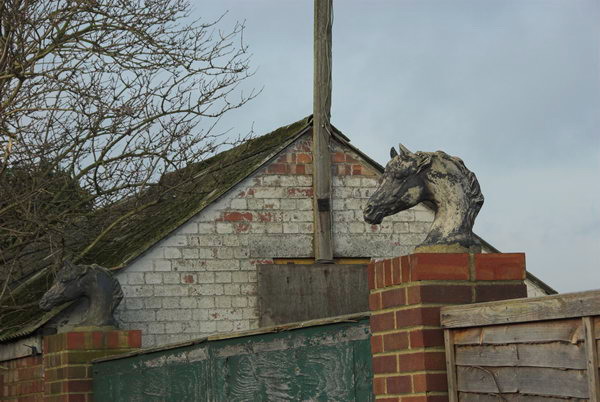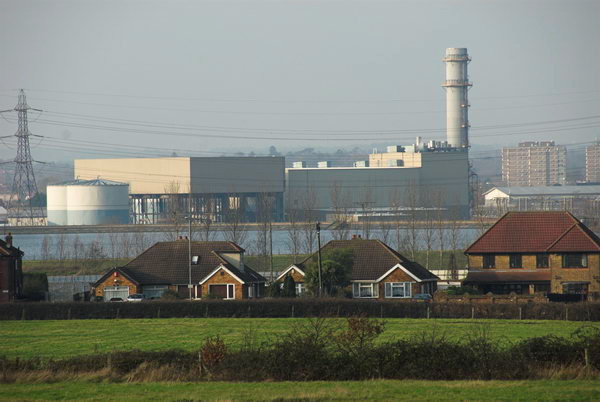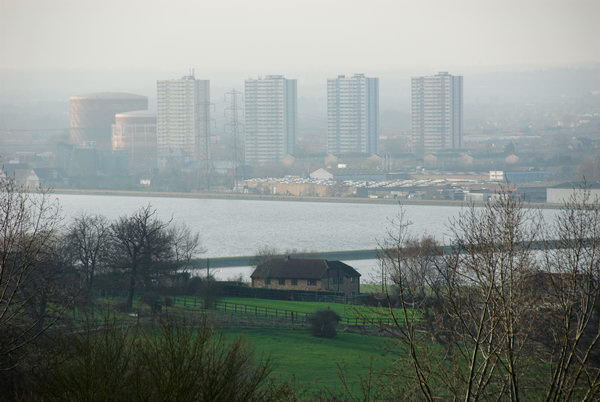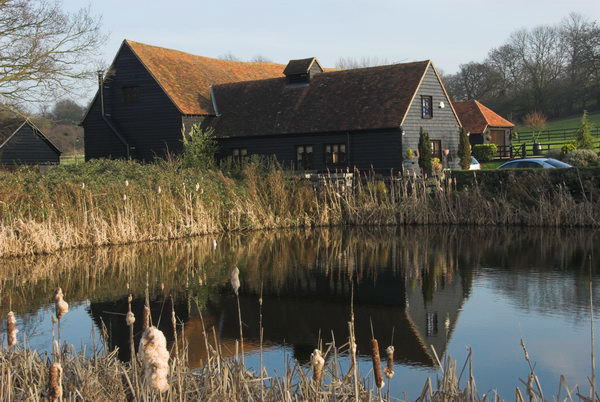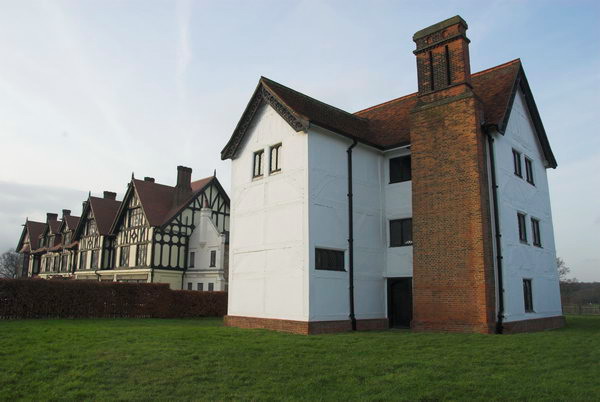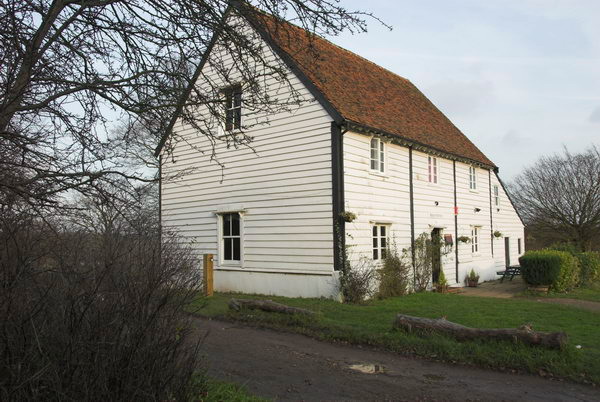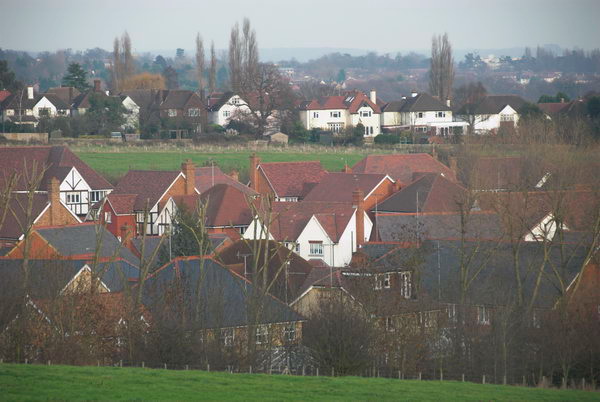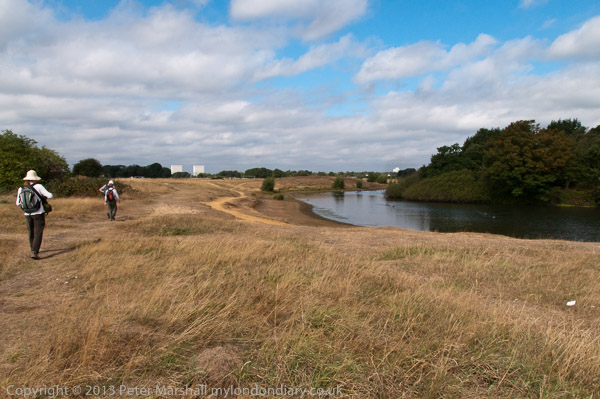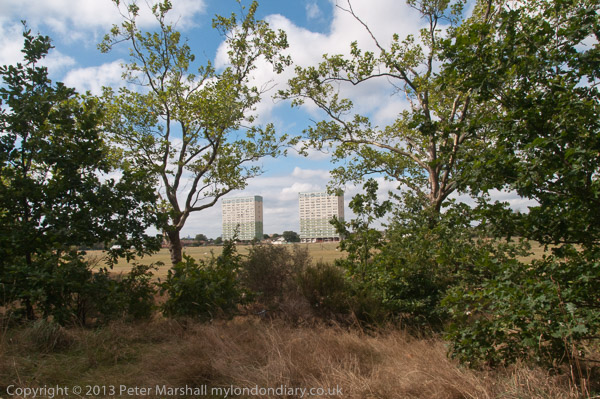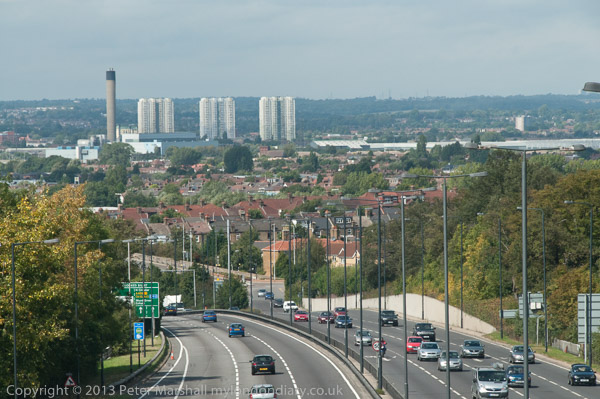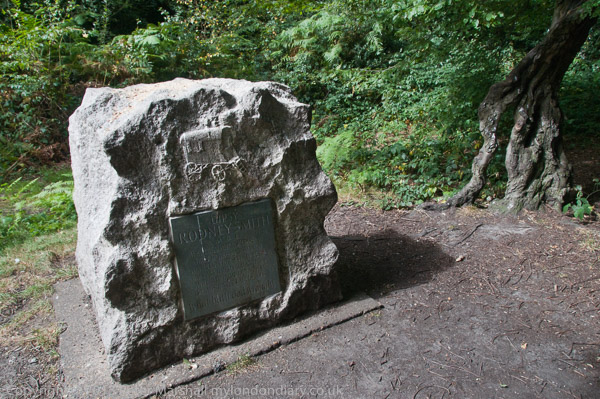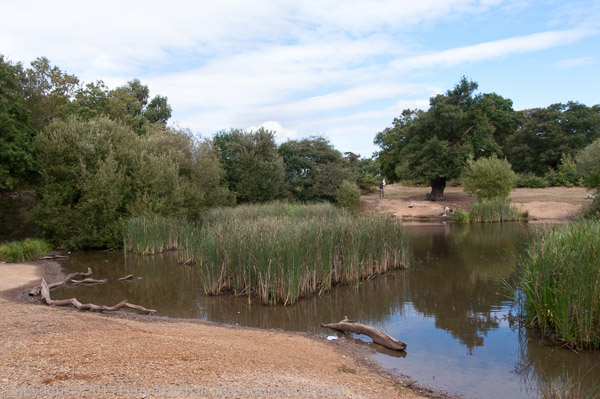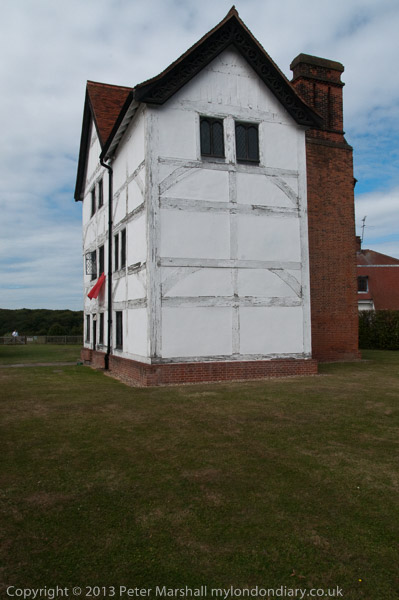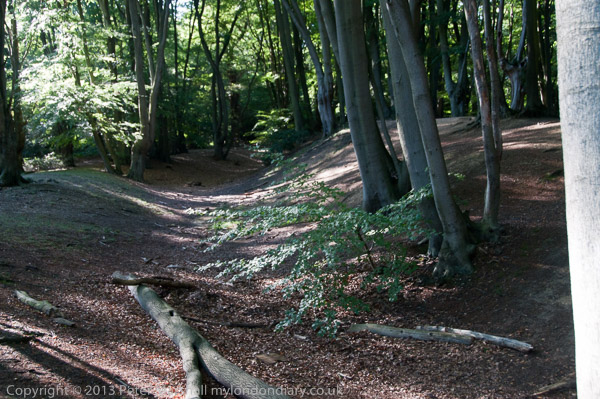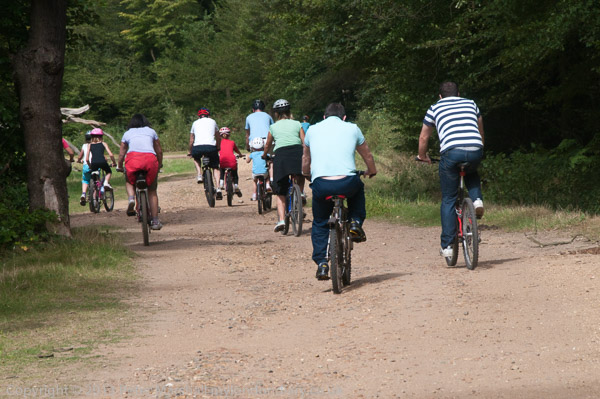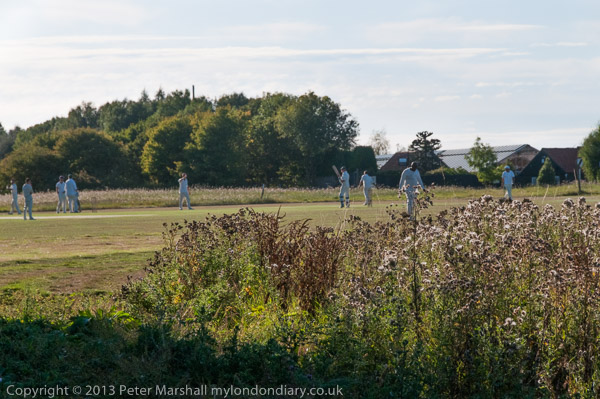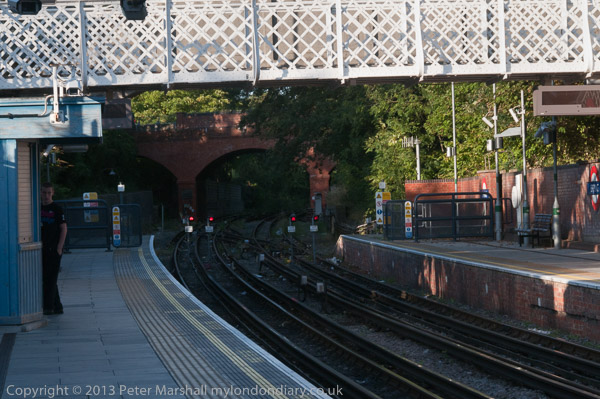1995 Colour Part 5 – Waltham Forest: My Greenwich Meridian project had taken me into North London as far as Pole Hill in Chingford, but I also wandered more widely in the London Borough of Waltham Forest and even strayed into its neighbouring borough of Redbridge, photographing both with a panoramic camera and my ”normal’ pair of Olympus OM4s on black and white and colour.
Most of the pictures taken with these OM4s were made with the Olympus 35mm shift lens which could slide vertically and horizontally in its mount, particularly useful for photographing tall buildings when it by shifting it up I could keep holding the camera level and place the horizon close to the bottom of the image, so avoiding converging verticals or including large foreground areas.
But often I had the shift on a camera loaded with black and white film, with the 28mm on the OM4 with colour in it. I also carried an ultra-wide 21mm, a 50mm and a short telephoto lens for use when needed.
And just occasionally I photographed the same subject both with the swing lens panoramic and with one or other of the Olympus cameras – and I’ll include a couple of examples in this post. All of these pictures were made in February or March 1995.
For these Sandpiper Close pictures I think the added angle of view of the panoramic greatly improves the image and gives for me a much more powerful impression of what I saw and felt standing there and looking down into the Lea Valley.
Although the two pictures of the Leisure Centre where only taken a few feet apart, they are very different images. Standing further back for the panoramic gives a better overall view of the site, but moving closer concentrates on the foreground. The slight colour difference between the two images – neither of them quite right – also complicates the issue. Colour balancing many of these old negatives is often very tricky.
Clicking on any of the images above will take you to a larger version on Flickr. You can also find some of the black and white pictures I took on the same walks in my album 1995 London Photos beginning at this picture. My next post in this series will look at more of the non-panoramic images from Waltham Forest.
Flickr – Facebook – My London Diary – Hull Photos – Lea Valley – Paris
London’s Industrial Heritage – London Photos
All photographs on this page are copyright © Peter Marshall.
Contact me to buy prints or licence to reproduce.


















